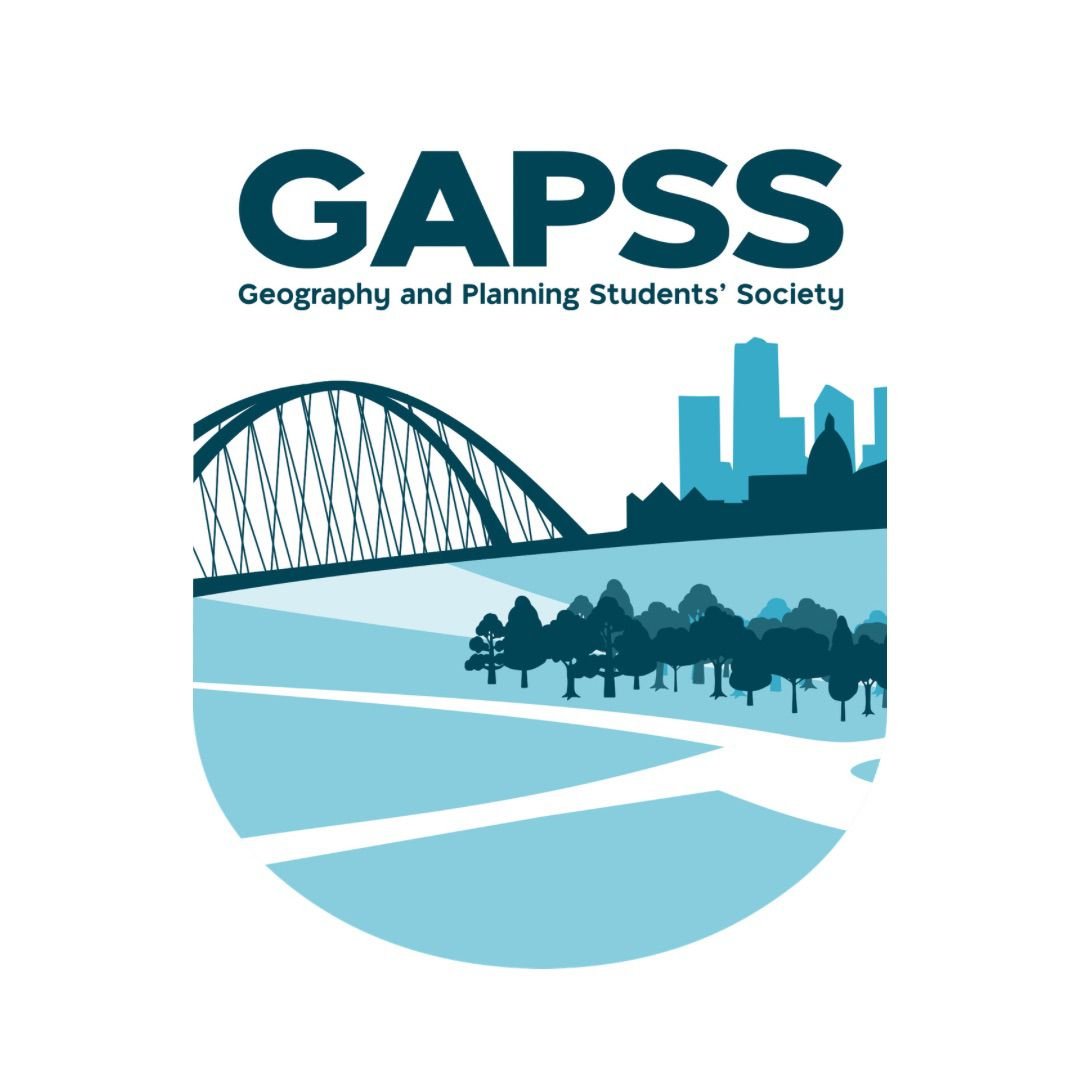Reduce, Reuse and Upcycle: Historic Places in Edmonton By Bronwyn Neufeld
/The maintenance and use of historic sites enhance the urban development of a city by finding new uses for old places and recognizing history in a modern context. Despite the undeniable benefits of conservation, some buildings and spaces can end up sitting derelict and neglected for years. While some of these places fall past the point of no return, others are discovered just in time and revamped to fit a new purpose. Developers and planners are tapping into the hidden potential by refurbishing and maintaining sites to create spaces that celebrate the present and the past. This idea of preserving and time encapsulating the heritage of a place is an important method of conservation of our history and influential events of the past.
As symbols of the past, historic places tell stories. To celebrate the initiatives to preserve the past and its stories, here are some vibrant historic places that are being reused and upcycled in the city.
Neon Sign Museum – 104 St & 104 Avenue
The Neon Sign Museum is located on the south side of the intersection of 104 Avenue and 104 street. The signs are scattered on both the Telus building’s wall to the west and the Mercer Warehouse building to the east. The array of signs ranges from past to present, illuminating a timeline of the business history in Edmonton.
The Neon Sign Museum - The west wall of the Telus Building
According to the City of Edmonton, “The Art Store” sign was from a local art supply shop located at an off-Whyte location for 7 years from 1980 to 1987. Janet Traub, the owner of the shop, designed the sign herself. She returned to the same location when she purchased the “Bee-Bell Health Bakery”, another sign hanging in the Neon Museum. The brick building once home to the Art Store and the Bee-Bell Health Bakery at 10416-80 Avenue is now used by the Polar Park Brewing Co., a brewery and local live music venue.
Downtown Farmers Market – GWG Building - 10305 97 Street
The Edmonton Downtown Farmers Market (EFDM) has closed 104th street to vehicle traffic every summer Saturday since 2004 and filled city hall during the colder months since 2011. This past Fall, the downtown farmers market moved to a year-round location. The historic Great Western Garment Building (GWG Building) was built in 1911 as the Caledonian Department store. It has had many faces since including the Army and Navy Department store and The Red Strap Art Gallery. Fast forward just over 100 years from its early days to now as the bright new home to the Edmonton Downtown Farmers Market.
The Indigenous Art Park - ᐄᓃᐤ (ÎNÎW) River Lot 11∞
The Indigenous Art Park was a joint venture between the Confederacy of Treaty No. 6 First Nations, The City of Edmonton, Métis Nation of Alberta, Edmonton Arts Council and Indigenous artists. The art installations of 6 different indigenous artists can be found overlooking the newly constructed Walterdale bridge, the River Valley, and downtown Edmonton.
Iskotew by Amy Malbeuf
The location of the park is in ᐊᒥᐢᑿᒌᐚᐢᑲᐦᐃᑲᐣ (Amiskwacîwâskahikan) Treaty 6 ancestral territory and traditional meeting ground and home for many First Nations and Métis people. The River Lot #11 was once home to Joseph Macdonald, a landowner whose farming claim makes up a portion of the present-day Strathcona community.
Preparing to Cross the Sacred River - Marianne Nicolson
Close up of Iskotew by Amy Malbeuf
The name of the park, înîw (EE-nu), itself means “I am of the Earth” in Cree. Fitting to the name, the land is the central theme of the art park. Individually, the pieces touch on ideas including the congruencies and survival within Indigenous cultures, oral traditions of the Indigenous people and recognizing the past and the future. On a large rock near the entrance of the park “[This land’s] deep story resonates in the present through artworks.” is engraved. The Indigenous art park is a beautiful recognition of the underrepresented history of the land beneath Edmonton.
The Brighton Block – 9666 Jasper Avenue
Between 1911 and 1912, the iconic “Everything Photographic” building was built by Ernest Brown a significant contributor to the archival collections of documentary photographs of Edmonton. Since 2003, the Brighton Block has stood untouched and neglected on Jasper Avenue. A new conceptualization of the historic building with a preserved facade is currently under construction.
For more information on the places listed check out these links:
Indigenous Art Park
https://publicart.edmontonarts.ca/IAP/
Edmonton Downtown Farmers Market
http://www.edmontonmapsheritage.ca/location/great-western-garment-company/
https://yegdtmarket.com/about/the-history-of-the-city-market-downtown/
Neon Sign Museum
https://www.edmonton.ca/city_government/edmonton_archives/neon-sign-museum.aspx
Brighton Block












